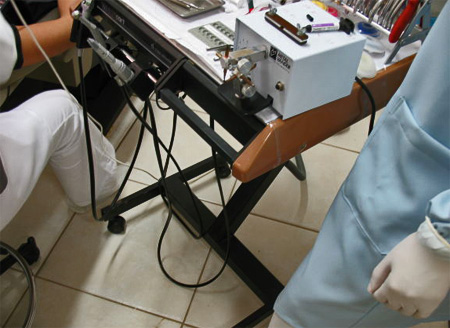In 1650, a German Jesuit named Athanasius Kircher invented the ear trumpet, a funnel-shaped device to collect sound waves and direct them into the ears of nearly deaf patients. Medical technology has come a long way since then, and today medtech devices include robots for physical checkups and electronic “aspirins” that prevent migraines by blocking pain-causing neurotransmitters.

Beyond high-tech devices with a big “wow factor,” medtech defines any devices, procedures, and systems developed to solve health problems and improve quality of life. There are an estimated 1.5 million different types of medical devices used worldwide, from blood pressure cuffs to MRIs, heart valves, and artificial limbs. These are crucial for disease prevention and diagnosis and the treatment of and rehabilitation from illness.
With the largest healthcare services market in the world, the United States is a leader in medtech innovation. The various sectors of the medtech industry include electro-medical devices, a diverse array of powered implants such as pacemakers, diagnostic imaging equipment, and ultrasonic scanning devices. Irradiation apparatuses comprise x-ray machines and CT scanners. Surgical and medical instruments encompass what are thought of as traditional medtech devices such as syringes, needles, and apparatuses for anesthesia, optical diagnoses, and blood transfusion. Surgical appliances and supplies include artificial joints and limbs, stents, orthopedic appliances, wheelchairs, and items used in operating rooms such as dressings, surgical drapes, and gloves. The final medtech category covers dental equipment and supplies like hand instruments, drills, amalgams, dental chairs, and sterilizers.
Together production and sales of medtech devices generates over $110 billion in the United States alone. The products are put to work in academic medical centers, which provide training for health professionals, as well as nursing and care facilities, hospitals, and outpatient facilities.
In 2012, the healthcare services industry accounted for more than $1.75 trillion in revenues and employed more than 14 million people, or nine percent of the U.S. workforce. Thanks to its cutting-edge medtech industry, Americans have access to exceptional technology for diagnosis, treatment, and advanced care.
